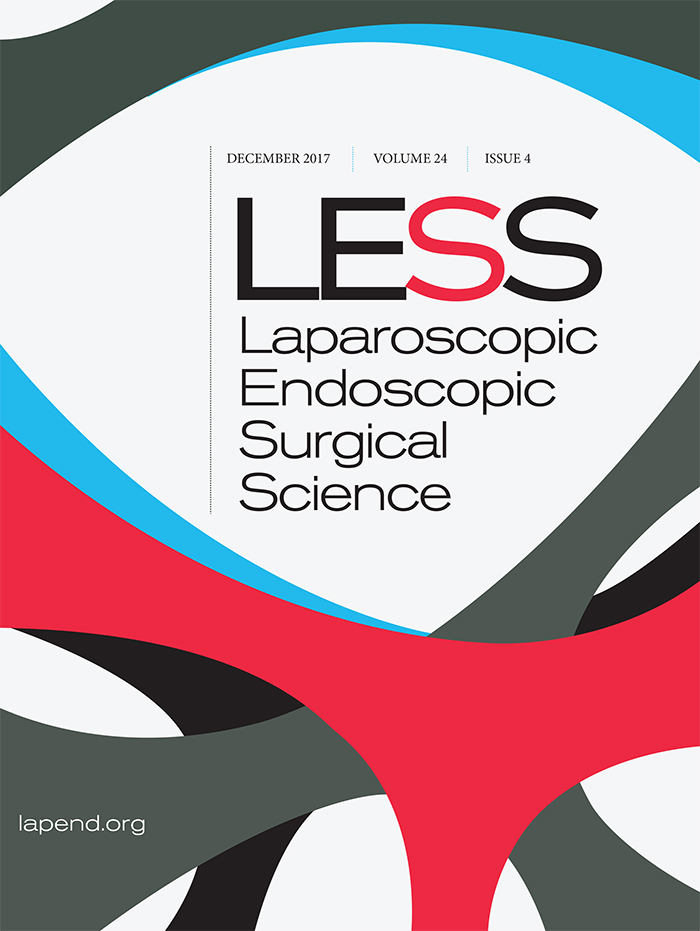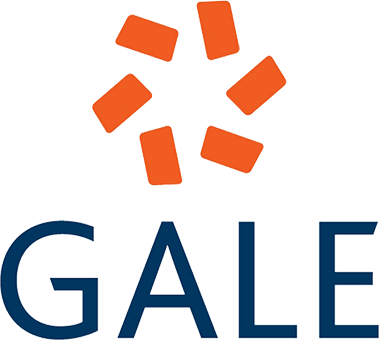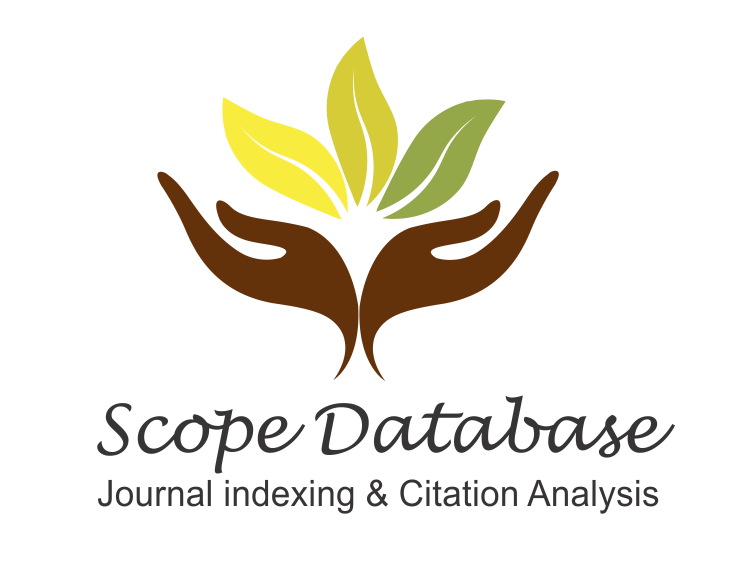Volume: 24 Issue: 4 - 2017
| 1. | Front Matter 2017-4 Pages I - IV |
| RESEARCH ARTICLE | |
| 2. | The effects of low-molecular-weight heparin administration on bleeding in elective laparoscopic cholecystectomy Ulaş Aday, Ebubekir Gündeş, Hüseyin Çiyiltepe, Selçuk Gülmez, Mustafa Duman doi: 10.14744/less.2017.53215 Pages 109 - 116 INTRODUCTION: The aim of this study was to investigate the effects of treatment dose low-molecular-weight heparin (LMWH) on bleeding in a laparoscopic cholecystectomy (LC). METHODS: The data of patients who underwent an elective LC in the clinic between January 2013 and May 2017 were retrospectively evaluated. The patients were divided into 3 groups. Group I comprised patients who were not on any anticoagulant or antiaggregant agent, Group II included patients who were taking an oral anticoagulant (OAC), and Group III was made up of patients who were on antiaggregant agents (aspirin and/or clopidogrel). The basic clinical and laboratory characteristics of the groups and the data on the surgery and complications were recorded and compared. Factors affecting major bleeding were analyzed through univariate and multivariate analysis. RESULTS: There were 285 (80.7%) patients in Group I, while there were 30 (8.4%) patients on an OAC in Group II, and 38 (10.7%) patients taking antiaggregants in Group III. Major bleeding was seen in 1 patient in Group I and in Group III (0.3%, 2.6% respectively), while major bleeding necessitating transfusion was seen in 5 (16.6%) patients on an OAC in Group II (p<0.001). The results of univariate analysis revealed that age ≥65 years, American Society of Anesthesiologists score ≥3, body mass index ≥25 kg/m2, international normalized ratio ≥1.2, PTZ ≥14 seconds, administration of treatment dose LMWH (twice daily), and operation time ≥60 minutes were factors that affected bleeding. The results of multivariate logistic regression analysis, however, showed that only treatment dose LMWH administration was an independent risk factor affecting major bleeding (p=0.021; odds ratio (OR): 14.49, confidence interval [CI]: 0.0070.666). DISCUSSION AND CONCLUSION: Bridging treatment with LMWH and interrupting OAC treatment increases the risk of major bleeding in LC. Offering patient-based bridging treatment for patients receiving long-term OAC in surgical practice and avoiding aggressive perioperative prophylaxis will reduce the risk of postoperative major bleeding. |
| 3. | Mini-laparoscopic versus traditional laparoscopic cholecystectomy: A preliminary study Deniz Atasoy, Afag Aghayeva, Volkan Özben, Onur Bayraktar, Ismail Hamzaoğlu, Bilgi Baca doi: 10.14744/less.2017.37450 Pages 117 - 121 INTRODUCTION: The use of smaller instruments in laparoscopy has been hypothesized to reduce pain and increase cosmesis. However, although nearly 2 decades have passed since the first mini-laparoscopic cholecystectomy (MLC), it has gained little interest. The aim of this study was to compare the outcomes of MLC with a traditional laparoscopic cholecystectomy (TLC). METHODS: Patients who underwent MLC between February 6, 2016 and October 26, 2016 were included in this study. As a comparison group, patients who had TLC performed during the same period were also evaluated. The variables studied were demographic details, operating time, blood loss, postoperative pain score, length of hospital stay, and the early (<30 day) complication rate. RESULTS: A total of 16 MLCs and 75 TLCs were performed. In the MLC group, there were 6 (37.5%) men and 10 (62.5%) women with a mean age of 40.94±12.3 years. In the comparison group, there were 35 (46.7%) men and 40 (53.3%) women with a mean age of 46.36±14.86 years. No patients were converted to open surgery. The average operating time was 47.06±15.15 minutes in the MLC group and 70.53±40.04 minutes in the TLC group (p=0.021). The average blood loss was 1.88±1.86 mL and 10.00±22.19 mL in MLC and TLC groups, respectively (p=0.005). The mean Visual Analogue Scale (VAS) score was 30.00±19.66 and 32.93±21.59, respectively, and the length of hospital stay was 1.19±0.40 days and 1.47±1.09 days in MLC and TLC groups, respectively (p=0.689 and p=0.486, correspondingly). There were 2 (2.2%) early (<30 days) postoperative complications. The mortality was nil. DISCUSSION AND CONCLUSION: According to the results of this preliminary study, MLC was a safe and feasible variant of laparoscopic cholecystectomy. With respect to the length of hospital stay and complication rate, both procedures were equal. Additionally, a decrease in the incisional hernia rate of the mini ports could be hypothesized. Further studies with a larger cohort are needed. |
| 4. | Bariatric surgery in Azerbaijan: a single center experience Taryel Omarov, Aygun Ibrahimova, Aslan Abdullayev, Nuru Bayramov, Tevfik Tolga Şahin doi: 10.14744/less.2018.08760 Pages 122 - 127 INTRODUCTION: To investigate outcomes of bariatric surgery in morbid obesity. METHODS: The study involved results of 88 patients with morbid obesity [average age 40±19; average body mass index (BMI) 59.95±20.25 kg/m2] who have undergone bariatric surgery. Patient demographics, operative technique, associated diseases and follow up results at postoperative 1, 3, 6 and 12 months. RESULTS: 78 (88.6%) patients who have undergone laparoscopic sleeve gastrectomy (LSG) achieved average weight loss of 39.5±11.5 kg in the first six months. In ten (11.4%) patients who have undergone gastric bypass surgery the weight loss was 46±14 kg in the first six months. During the second 6 months of total weight loss in LSG patients was 33.5±8.5 kg. DISCUSSION AND CONCLUSION: Following a thorough evaluation of the patients with morbid obesity; patient oriented operation in correct timing yield excellent results. LSG and gastric bypass are the two surgical modalities that are effective and applicable in patients with morbid obesity. Although bariatric surgery has recently initiated in our center our results seem comparable with the literature. |
| 5. | Sedation anesthesia technique using carbon dioxide for the laparoscopic placement of a peritoneal dialysis catheter Emin Zümrütdal, Tuna Bilecik, Sibel Ada, Tevfik Tolga Şahin, Fatma Ülkü Adam, Nurten Genç, Yeşim Yağbasan, Ihsan Güney, Murat Gündüz doi: 10.14744/less.2018.28199 Pages 128 - 132 INTRODUCTION: Chronic ambulatory peritoneal dialysis (CAPD) is a cost-effective treatment for patients with end-stage renal disease (ESRD), and several advantages to CAPD have been reported in comparison with hemodialysis. Several techniques have been described for placing the catheter in the abdominal cavity in CAPD. Use of a laparoscopically fixed CAPD catheter is popular, but this technique often requires general anesthesia (GA). Most ESRD patients with concomitant diseases, such as hypertension, diabetes mellitus, and coronary artery disease, are at high risk to undergo GA, which may preclude catheter insertion. Sedation plus local anesthesia (SA) may be an alternative in these patients. To the best of our knowledge, the use of SA with carbon dioxide (CO2) insufflation has not been previously reported with laparoscopic fixation of a CAPD catheter. In this study, the use of SA and GA were compared with CO2 insufflation in the laparoscopic fixation of a CAPD catheter in 18 patients. METHODS: Between January 2016 and February 2017, 18 patients (GA: n=13; SA: n=5) underwent laparoscopic CAPD catheterization. All of the GA patients were intubated. Intraabdominal pressure was fixed at 14 mmHg. Patients who underwent SA were administered fentanyl in the operation room and midazolam in the preoperative patient room. Prilocaine hydrochloride and lidocaine hydrochloride were used to provide local anesthesia at all identified incision points. Intraabdominal pressure was fixed at 7 mmHg in all patients. There was no need to convert to GA in any patient. The patients were evaluated in terms of demographic data, perioperative parameters, and postoperative complications. RESULTS: There were no statistically significant differences between the groups in terms of demographic, perioperative, or postoperative complications (p>0.05). DISCUSSION AND CONCLUSION: We think that SA is a factor of tolerability in laparoscopic surgery and low pressure. SA may be preferred to GA in high-risk ESRD patients with systemic diseases for laparoscopic CAPD catheter placement. |
| CASE REPORT | |
| 6. | Laparoscopic cholecystectomy and intraoperative cholangiography in a patient with situs inversus totalis Mehmet Gökçeimam, Burak Güney, Emin Köse, Deniz Tazeoğlu, Mehmet Can Aydın, Kadir Meke, Servet Rüştü Karahan doi: 10.14744/less.2018.60490 Pages 133 - 135 Situs inversus totalis (SIT) is a congenital autosomal recessive abnormality in which the visceral organs are transposed in a mirror-image position from the normal location. Laparoscopic surgery must be performed with different patient positioning and trocar placement. Presently described is the approach used on a patient with this rare condition. A 39-year-old female with no other known disease but SIT was referred to the emergency department with symptoms of biliary colic. Cholestatic and liver enzymes were elevated, but the white blood cell count was normal. Magnetic resonance cholangiopancreatography was performed but yielded no additional finding. A month later, a laparoscopic cholecystectomy was performed. The patient was placed in the supine position. The operating room layout, trocar placement, and patient positioning were adapted for the circumstances, and small modifications were made to the surgery technique. With these adjustments, a cholecystectomy can be performed as safely in a patient with SIT as in those with normal anatomy. Intraoperative cholangiography was also performed. Cholecystectomy was completed without complication. Although SIT is rare, it should be considered attentivelty. The surgeon must work outside the normal routine since the anatomy must be considered differently. As seen in this case report, surgery can be completed without any problem with the proper approach and planning. |
| 7. | Laparoscopic splenectomy for an intra-parenchymal epithelial cyst Ulaş Aday, Ahmet Kılıçarslan, Abdullah Böyük doi: 10.14744/less.2018.15238 Pages 136 - 138 An epithelial splenic cyst is a rare clinical entity. Symptomatic, larger cysts of 5 cm in diameter should be treated to relieve symptoms and prevent complications that may develop. Laparoscopic treatment has become common in surgical practice and is used as a standard method in surgical procedures of the spleen. A 28-year-old male patient underwent a laparoscopic splenectomy due to the presence of a symptomatic splenic cyst of about 8 cm in size with an intraparenchymal localization. Pathological evaluation diagnosed an epithelial cyst. Two months of follow-up were uneventful. A laparoscopic splenectomy is the standard method of surgical treatment for epithelial splenic cysts if the localization of the cyst is not suitable for spleen-preserving surgery. |
| 8. | A rare, benign, tumor-splenic vein hamartoma Turan Acar, Nihan Acar, Osman Nuri Dilek, Ahmet Atasever doi: 10.14744/less.2018.77487 Pages 139 - 140 Splenic hamartoma, which is one of the primary benign tumors of the spleen, is usually asymptomatic and is typically detected incidentally on imaging. It is also difficult to diagnose and to distinguish from malign tumors with preoperative tests, and therefore, splenectomy should be performed to confirm the histological diagnosis. Presently described is the case of a 58-year-old male patient who underwent laparoscopic splenectomy due to a splenic mass and was subsequently diagnosed with splenic hamartoma. |
| LETTER TO THE EDITOR | |
| 9. | Bile duct injury following laparoscopic cholecystectomy in a patient with situs inversus Sertac Usta, Koray Karabulut doi: 10.14744/less.2018.02486 Pages 141 - 142 Abstract | |















